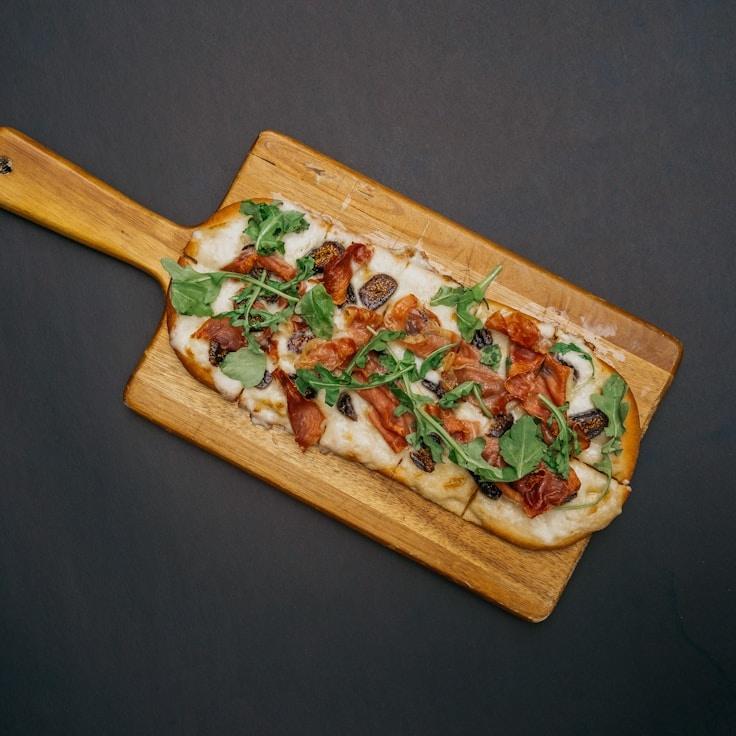At SilverUptown, we're convinced that extraordinary pizza begins with outstanding dough. With over 30 years refining our formula, we're thrilled to divulge some insider tips. While we can't share our unique recipe (certain traditions are meant to be kept), these guidelines will aid you in achieving pizzeria-level pizza dough in your own kitchen.
Choosing the Right Flour
A key ingredient in prime pizza dough is premium-grade flour. 00 flour, which is a finely milled Italian variety with a moderate protein level of approximately 12%, is ideal for achieving a balance of elasticity and softness. If 00 flour is unavailable, a satisfactory alternative is bread flour, which will impart a subtly different texture.
Optimal Water Temperatures and Moisture Ratios
Your water's warmth plays a crucial role in the timing of fermentation and the behavior of the dough. Use chilled water at approximately 45°F (7°C) for slow fermentation, which enhances the taste, or warm water at about 85°F (29°C) if you prefer faster fermentation. A hydration level of 60% to 70% is best suited for typical household ovens.
Reduced Yeast for Extended Fermentation
An essential strategy for tasty dough is minimizing yeast usage and prolonging fermentation. Our method employs just 0.2% fresh yeast compared to our flour content, allowing the dough to ferment over 24 to 48 hours. This gradual fermentation cultivates a rich taste and results in a dough that's more digestible.
Salt's Structural Function
Beyond flavoring the dough, salt fortifies its gluten framework and moderates fermentation. For best results, we use fine sea salt amounting to 2.5-3% of the flour weight, incorporating it once the flour and water have slightly merged, ensuring the salt and yeast don't directly mix.
Mastering Fermentation
Post-mixing, let the dough undergo bulk fermentation at ambient temperature for 2 hours. Then, portion it into separate dough spheres. Tuck each into a closed container and refrigerate them for a period ranging from 24 to 72 hours. During this cold fermentation stage, enzymes break apart starch molecules into simpler sugars, yielding a delightful flavor and the golden crust for which we're renowned.
Gentle Dough Handling
Before making your pizza, take the dough out of the fridge 1-2 hours ahead of baking to bring it to room temperature. Treat the dough delicately to maintain the air pockets that have formed, using your fingertips to press and extend it rather than rolling it out, which would deflate these bubbles.
Crucial Baking Heat
Our wood-fueled ovens reach an intense 850°F (454°C), yet typical home ovens usually peak at 550°F (288°C). To make up for this, prepare using a pizza stone or steel, pre-heated for no less than an hour, to provide the powerful bottom heat essential for a crispy outside and fluffy inside.
The craft of creating perfect pizza dough is an ongoing endeavor. Every batch is a learning experience about the intricate art of dough-making. We encourage you to document your attempts, tweak variables, and seek what suits your kitchen's unique conditions best.
Interested in watching our dough-crafting up close? Participate in our monthly pizza-making classes where Chef Julien demonstrates these methods in depth. For upcoming session dates, view our event schedule!

